Youth Science
All Youth Science Content
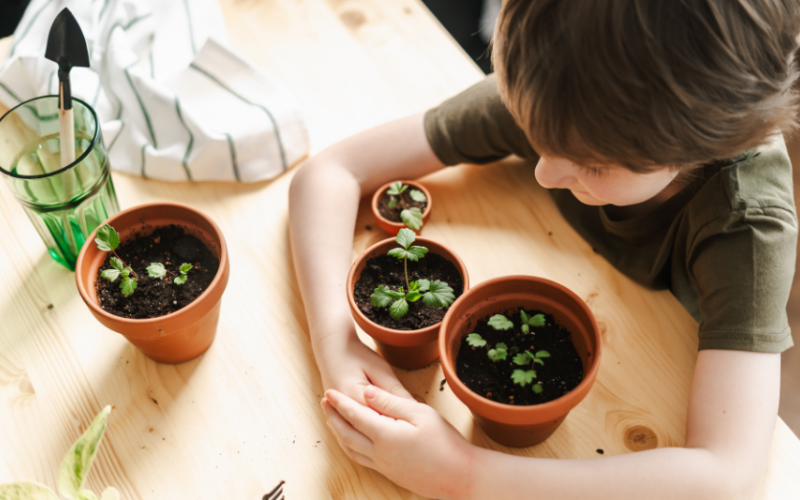
Getting the Garden Growing
Introductory gardening lesson where youth will learn what plants need to grow and what fruits and vegetables grow in different seasons in South Dakota.
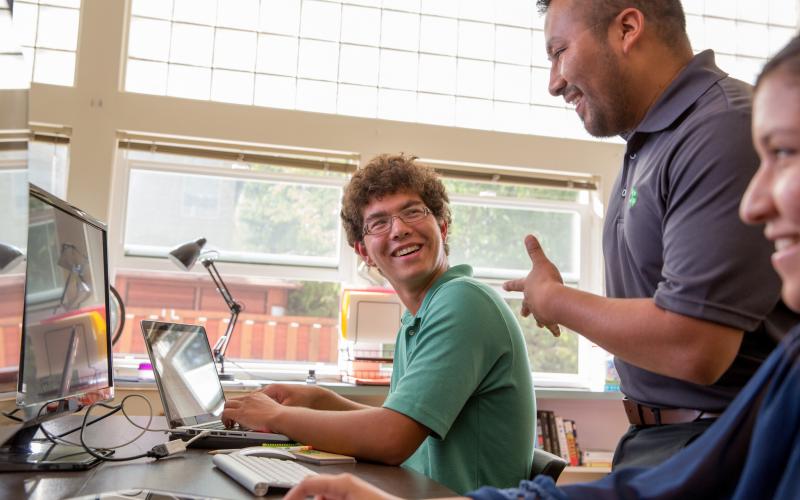
STEM on a Dime
Resources for quality science, technology, engineering and math (STEM) activities that are inexpensive.
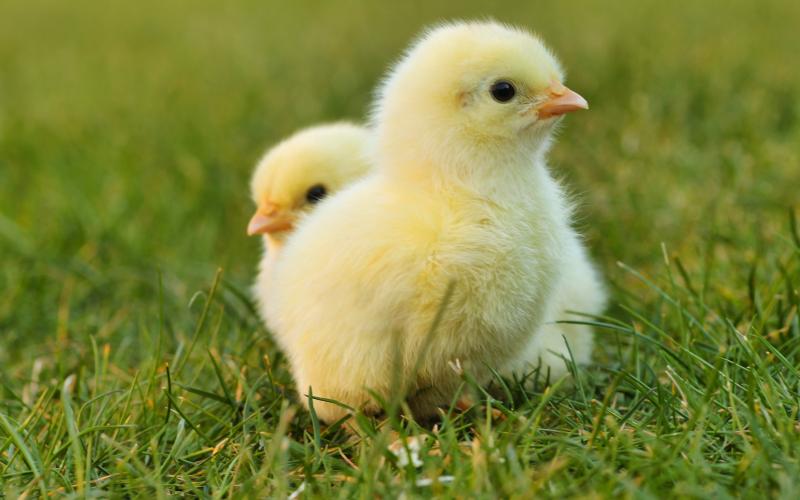
Chicks in the Classroom
Materials for teaching chicken embryology to Kindergarten – 4th grade.
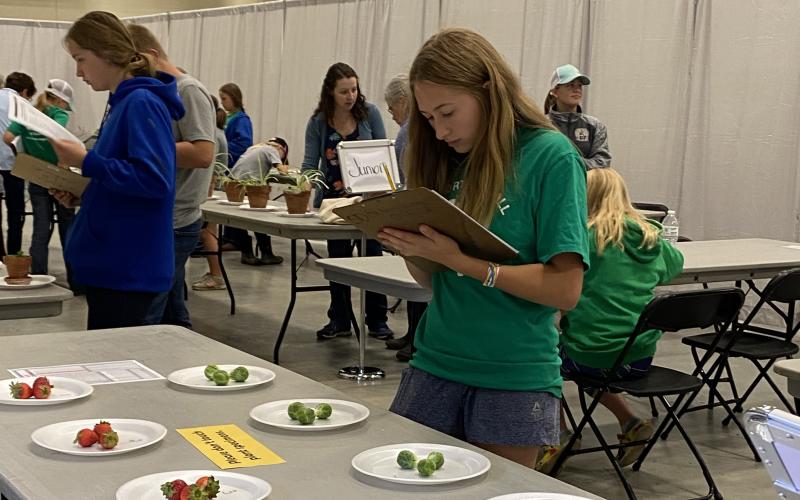
4-H Bounty
4-H Bounty is a monthly club guide that focuses on leadership activities, community service, youth-in-action and specific project areas, as well as prepares youth and their families for county and state events.

4-H STEM
4-H utilizes a ‘learn by doing’ approach that’s ideal for teaching core STEM concepts and skills.
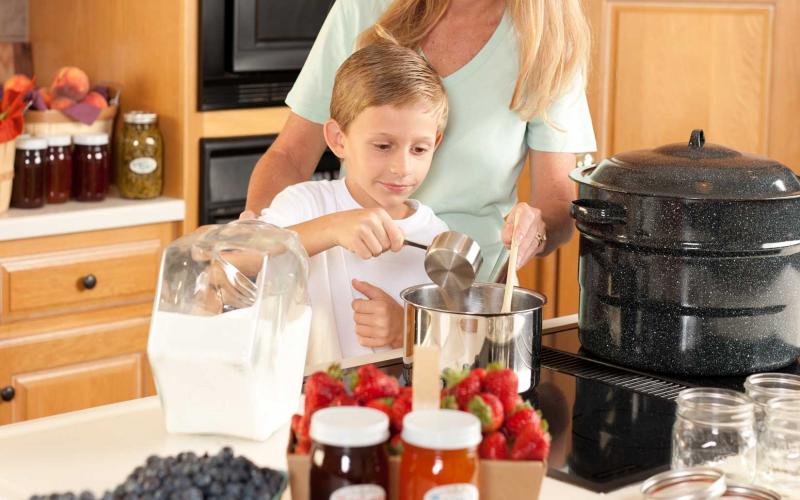
Preservation Station!
At the end of this lesson, participants will be able to list the most-common methods used to preserve fruits or vegetables.

Grow Getters: Garden-Based Education for Preschool-3rd Grades
The “Grow Getters” series consists of lessons and resources to engage youth and families in hands-on, at-home activities related to gardening—even without a garden!
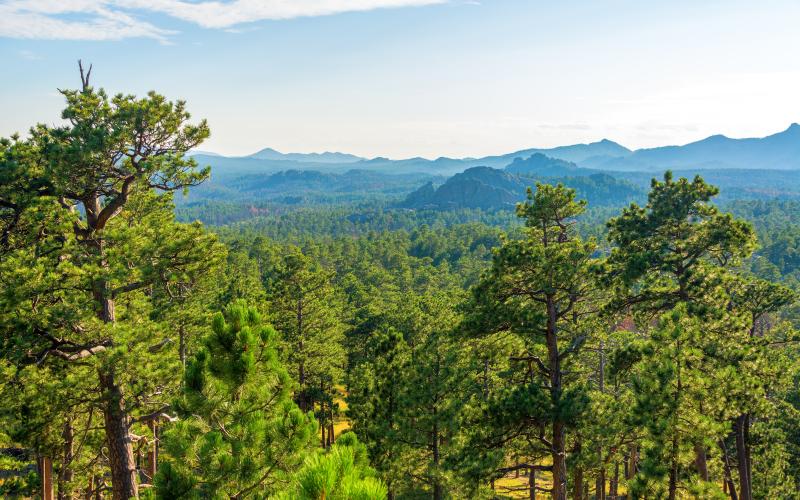
Junior Arborist Activity Guide
The Junior Arborist Activity Guide provides objectives, content, equipment and supplies needed to complete 8 modules of arboriculture instruction, helping schools and other educational programs to create a youth arboriculture program of their own.
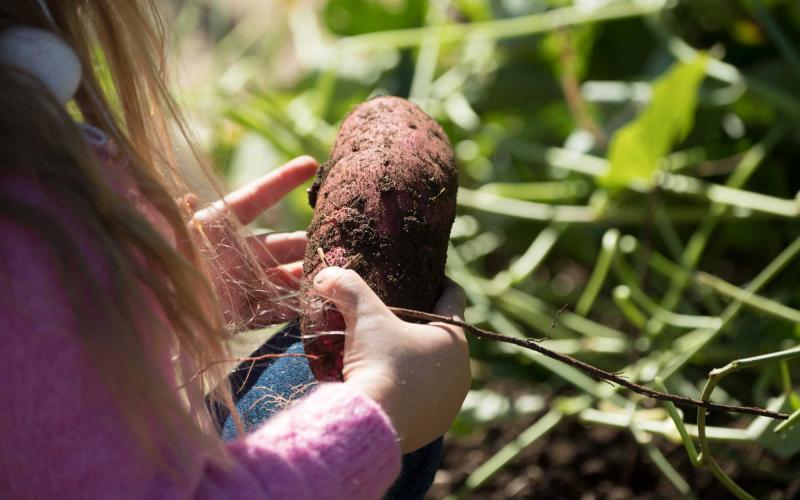
Harvest Helpers
At the completion of this lesson, learners will be able to identify root and non-root fruits and vegetables and learn harvesting skills.

Pollinators Party
In this lesson, participants will learn how plants reproduce and how to identify pollinators that help plants.